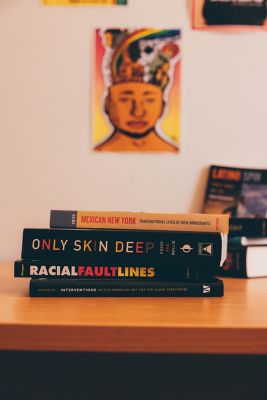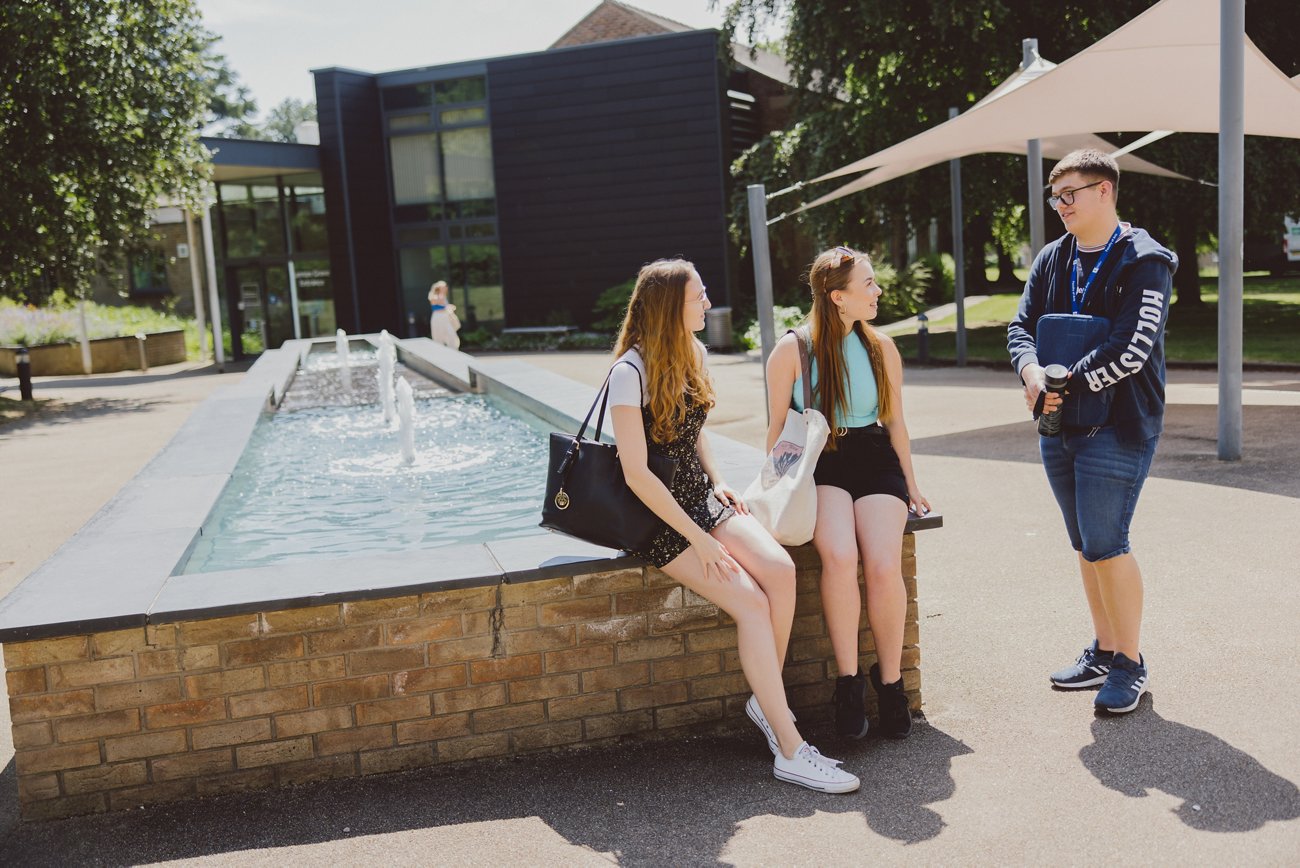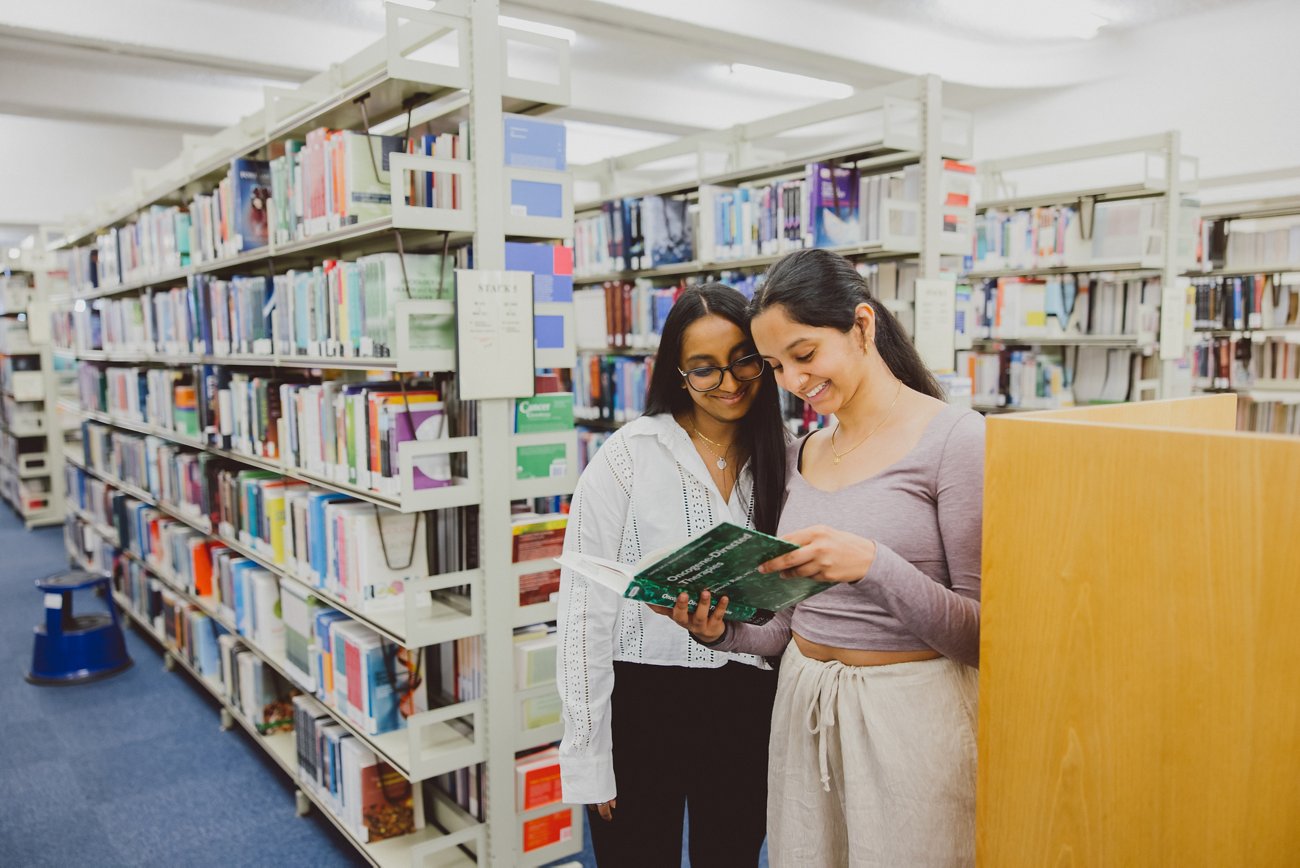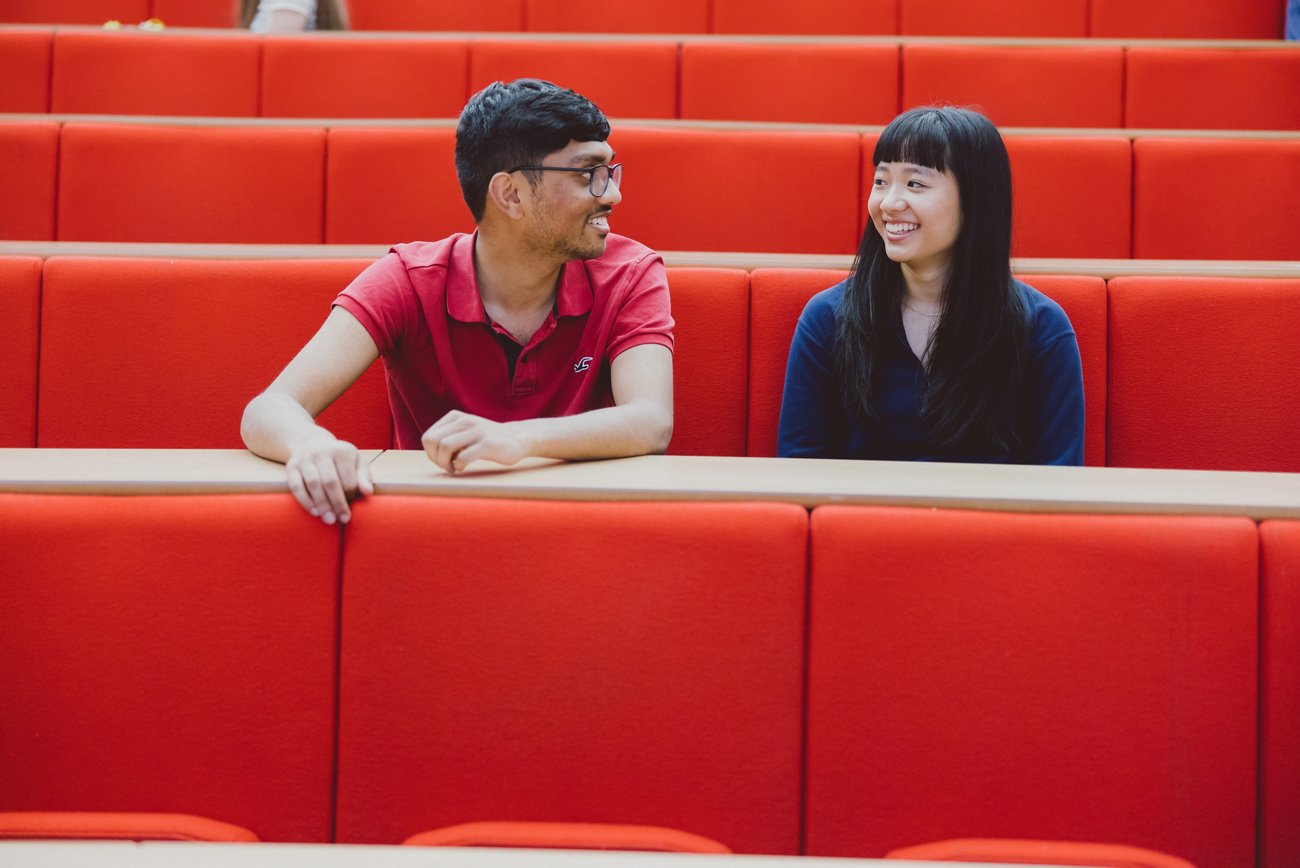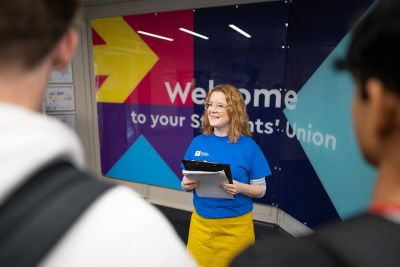Steph Lewthwaite, Associate Professor in American History
Steph joined the Department of American and Canadian Studies in 2004. She teaches modules on histories of immigration and ethnicity in the United States, the US-Mexico border and Latinx cultures.
